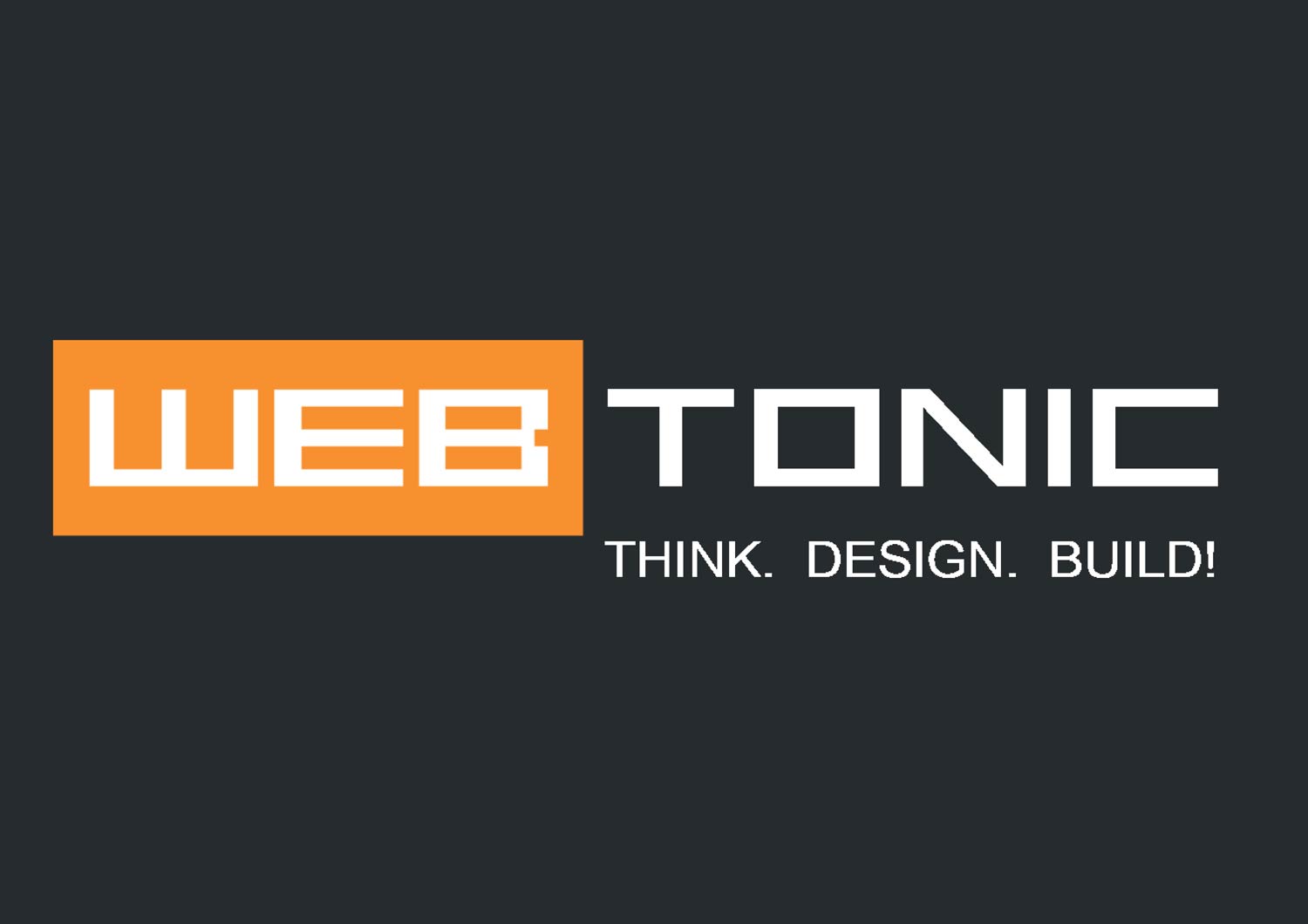In today’s complex and fast-paced digital landscape, businesses face a constant balancing act: move fast enough to innovate but stay structured enough to scale efficiently.
It’s not just about speed. It’s also about understanding the right business problem and building the right foundations so that rapid experimentation doesn’t come at the cost of long-term sustainability or operational resilience.
Webtonic, a South African digital solutions company with offices in Johannesburg and Gqeberha, has found a way to strike that balance. By leveraging Amazon Web Services (AWS), it has built cloud-native solutions that address real-world business problems.
A prime example is its next-generation recruiting platform, TonicHub, which showcases how cloud technology can modernise traditional industries. Let’s look at how Webtonic used AWS to tackle recruitment challenges, the benefits it unlocked, and how its engineering approach supports innovation and scale.
The talent recruiting challenge: why innovation was needed
Recruiting top talent has become increasingly complex in today’s highly competitive global market. Proven methods consistently disappoint in matching the right candidates with the right jobs, and long hiring periods and delays lead to missed opportunities, not to mention the high costs involved.
Realising that these issues needed to be addressed, Webtonic developed TonicHub, an interactive platform with the goal of streamlining the hiring of talent and improve the effectiveness of matching the right candidate to the company culture and job profile.
How Webtonic used AWS to solve the problem
Webtonic’s approach to building TonicHub was rooted in AWS’s capabilities. Using cloud infrastructure allowed it to address several key challenges:
1. Agile and iterative
AWS’s environment is flexible enough for fast-paced iterations. This agility allowed Webtonic to consider user feedback early on and refine the platform in agile iterations. By taking the need for hardware procurement and lengthy setups out of the equation, they could keep their focus on delivering real value through the software.
2. Scalability to meet demand
Recruitment platforms see usage spikes, particularly during hiring seasons, typically at the start of the year and midyear. These periods include new financial planning cycles, company expansions, graduate programme intakes and end-of-year staff turnover. As entities ramp up hiring to meet strategic goals, platform traffic and demand for recruitment services surge, too. AWS’s Auto Scaling and Elastic Load Balancing ensured TonicHub handled surges in traffic without performance dips or cost overruns.
3. Integration of advanced technologies
AWS’s broad service ecosystem helped Webtonic embed AI and analytics tools into its TonicHub platform. These technologies strengthened the platform’s matching algorithms and provided the vital insights they needed to help hiring managers make quicker, better decisions.
Webtonic successfully used the following AWS services to support the build of the TonicHub product:
- Certificate Manager
- Route 53
- Virtual Private Cloud
- Application Load Balancer
- RDS for PostgreSQL
- Simple Email Service
- S3 Storage, CloudFront
- EC2
- WAF
- Elastic Container Registry
4. Robust security and compliance
Managing sensitive user data requires the highest level of security. AWS features such as encryption, access control and monitoring, provided Webtonic with the necessary tools to construct a secure and compliant platform, eliminating the need for unnecessary customisation.
 Webtonic’s key learnings
Webtonic’s key learnings
Webtonic’s journey shines a light on several benefits of building software on AWS:
- Customer-centric design: Involving users initially helped Webtonic design features that solve users’ real problems. These feedback loops significantly reduce waste and enhance the product-market fit.
- Cross-functional agile teams: Webtonic forms multi-disciplinary teams made up of designers, analysts, developers, quality assurance and scrum mastery. These teams work together to ensure each solution is technically sound and aligned with user needs.
- Agile and iterative development: AWS supports frequent, incremental releases. This made it easier for Webtonic to validate assumptions, gather feedback and pivot quickly when needed.
- Predictable delivery cycles: Cloud-based pipelines helped Webtonic maintain consistent release schedules, improving stakeholder alignment and planning.
- Modular architecture and flexibility: Using AWS’s modular services, Webtonic built loosely coupled components that are easier to maintain, test and scale.
- Cost efficiency and savings: With AWS’s pay-as-you-go model, Webtonic only paid for what it used. This kept innovation sustainable without upfront infrastructure costs.
- More robust security posture: AWS offloaded much of the security heavy lifting, enabling the team to focus on product functionality while meeting high security standards.
- Engineering with innovation and scale in mind: Technology alone does not drive results; culture and process matter, too. Webtonic’s engineering approach reinforces scalability and innovation.
- Continuous improvement: CI/CD pipelines allowed the team to test and release features continuously, validating impact and adjusting based on live performance data.
Building the future together
For businesses looking to innovate and scale, Webtonic and AWS offer a compelling combination. Webtonic brings deep expertise in agile development and cloud-native engineering. AWS provides the infrastructure to support it all, secure, scalable and future-ready.
Together, they offer end-to-end solution design and delivery, from the idea to the launch and even beyond. They also offer tailored tech stacks, providing the right AWS tools for the job. Finally, companies can benefit from flexible engagement models, whether they need full teams, or just specialist support.
 Transforming traditional sectors
Transforming traditional sectors
Webtonic’s work on TonicHub shows how cloud technology can transform traditional sectors through unlocking speed, scalability and smarter user experiences. Their journey also illustrates that the combination of understanding the core user problem, applying the right tools and disciplined processes with a cooperative attitude builds sustainable software solutions.
By working with AWS, Webtonic has set a foundation for long-term innovation. Organisations that want to future-proof their digital strategy should follow this blueprint.



